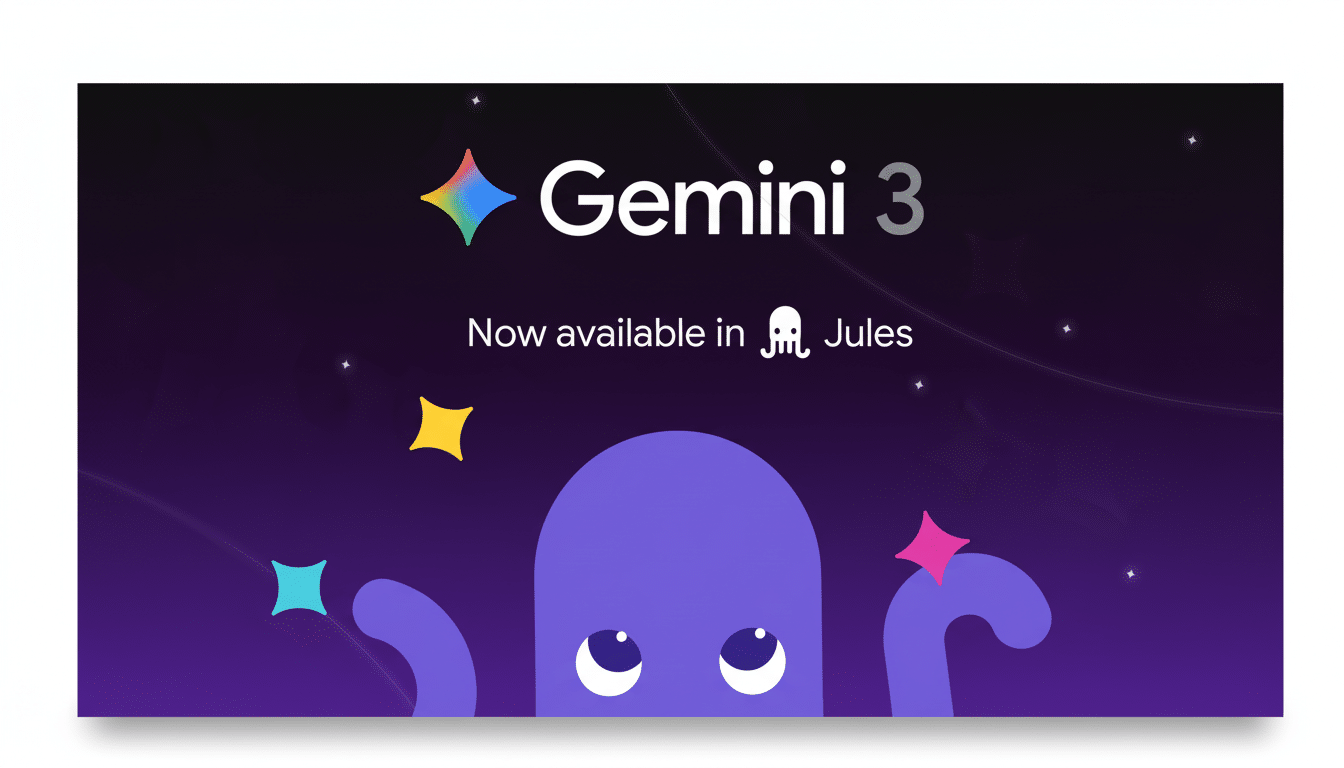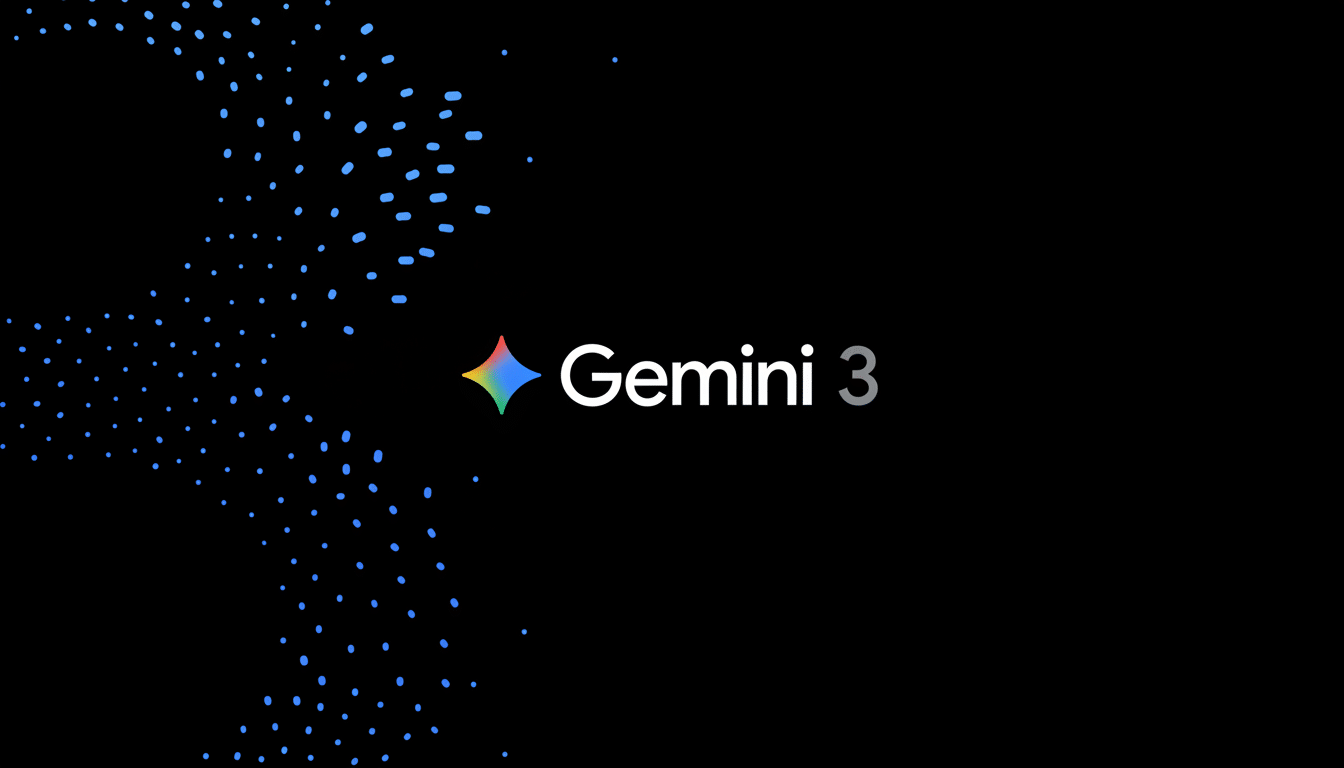The latest flagships from Google and OpenAI both squarely in the crosshairs. Google’s Gemini 3 comes with a push for more sophisticated reasoning and native multimodality; the latest version of ChatGPT, running on GPT‑5.1, focuses on faster, more dependable conversation and finer tone and style control. Here’s what they actually offer, in terms of value to end users, teams, and developers.
Performance and benchmarks: how Gemini 3 and ChatGPT compare
On community leaderboards such as the LMSYS Chatbot Arena, Gemini 3 currently comes out on top. It is leading in voter preferences with an aggregate score of around 1324; GPT‑5.1 is about 1222. That gulf — about 8% — indicates that users are catching on to Gemini’s step up in capability, not just incremental polish. As with any crowd rank, it reflects perceived quality over many prompts rather than a lab‑grade metric, but the signal is strong across thousands of head‑to‑heads.
- Performance and benchmarks: how Gemini 3 and ChatGPT compare
- Reasoning depth and long‑context handling for complex tasks
- Pricing, access, and plans across consumer and API tiers
- Ecosystems and tooling for developers, teams, and workflows
- Where each model wins based on task type and priorities
- Bottom line: choosing between Gemini 3 and ChatGPT today

Hands‑on testing by publications like Tom’s Guide confirms the dichotomy: Gemini 3 excels at multimodal and long‑form reasoning, while ChatGPT with GPT‑5.1 sets a high bar for instruction following and coherence. In other words, Gemini is becoming the choice for hard analytic lift, and ChatGPT the go‑to for snappy conversation and trusted drafting.
Reasoning depth and long‑context handling for complex tasks
According to Google, Gemini 3 combines the agentic, multimodal lessons of those earlier releases into a single system capable of planning across long horizons, ingesting both images and text or code, and maintaining very large contexts on the order of hundreds of thousands of tokens. A new Deep Think mode is for tougher problems that are best tackled with a little more deliberate processing; it pops up in tasks such as multi‑step analysis, technical write‑ups with citations, or cross‑referencing lengthy documents.
OpenAI’s GPT‑5.1 update to ChatGPT leans into the “feel” of the assistant. Modes like Instant and Thinking opportunistically right‑size the amount of compute that the model uses to get a responsive answer, without sacrificing quality on common tasks. The system also simplifies getting consistent style and persona across chats, which matters since teams often have to deliver a steady voice — as well as formatting — for customer support, marketing copy, or drafting knowledge base entries.
Pricing, access, and plans across consumer and API tiers
API pricing highlights various sweet spots. OpenAI prices GPT‑5.1 at about $1.25 per 1M input tokens and $10 per 1M output tokens. Google prices Gemini 3 Pro at approximately $2 per 1M input tokens and $12 per 1M output tokens for typical long contexts, and around $4 per 1M input and $18 per 1M output for larger ones.
Consumer plans are broadly comparable. ChatGPT subscription plans typically begin around $20 a month and grow based on usage/features. Gemini 3’s Pro tier costs $19.99 a month, with an Ultra or enterprise tier going up to approximately $250 per month for more advanced features and administrative controls.
Ecosystems and tooling for developers, teams, and workflows
Gemini 3 is tailored to be a workhorse for multimodal and long‑context workflows. Google emphasizes agentic activity theorizing, planfulness, and fluidity between images, text, and code. It is the foundation for new developer experiences such as what was announced with Antigravity Platform, and it links into the broader Google stack for data, identity, collaboration, and deployment. For teams working on complex pipelines — say document parsing with embedded diagrams, code generation with visual context, or research assistants sprawling across many sources — that cohesion is a tactical leg up.

ChatGPT with GPT‑5.1 doubles down on the idea of control. The assistant provides uniform procedures, persona polishing, and refinable style tuning. Developers love strong tool‑calling patterns and pliable output, while non‑technical users will find comfort in steady voice tones and editor‑like interfaces. For many projects, ChatGPT is still the quickest way from an idea to a high‑quality draft — especially for text‑first and time‑sensitive tasks.
Where each model wins based on task type and priorities
Choose Gemini 3 if you need very long‑context retrieval, want to take multimodal input, and do complex planning. Examples include:
- Writing more than 300 pages of policy PDFs that contain charts
- Training computers to write code from annotated screenshots
- Organizing multi‑step research with citations and follow‑up emails
Opt for ChatGPT with GPT‑5.1 for fast, consistent, and clean conversations on shorter texts. Examples include:
- Drafting customer responses with a strict brand voice
- Turning meeting notes into polished summaries
- Iterating on marketing copy within tight tone guidelines
Bottom line: choosing between Gemini 3 and ChatGPT today
Gemini 3 seems to be the new front‑runner in multimodal, long‑context reasoning, while ChatGPT using GPT‑5.1 is still the king of conversational polish and fidelity to instruction.
If your workloads are wide‑ranging and visual, Gemini 3 is hard to beat. If you want rapid and reliable text generation with tight control over style, ChatGPT is still a safe first pick. The best approach for most teams is to match the model to the job — and keep them both close at hand.
Methodology note: The point‑by‑point comparisons are based on public statements from Google and OpenAI, community preference data from LMSYS Chatbot Arena, and third‑party hands‑ons from outlets such as Tom’s Guide, with wider evaluation practices informed by frameworks including Stanford HELM. Test performance first on your own data and task before committing.

